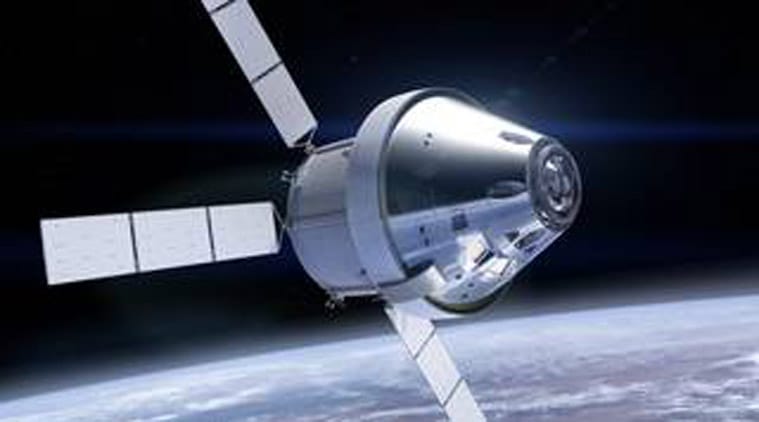
In a bid to bolster its effort to prepare humans for deeper space missions, NASA engineers have refined the key thermal protection system of Orion – new exploration spacecraft designed to ferry astronauts to asteroid and Mars.
The team has been improving the spacecraft’s heat shield design and manufacturing process since the vehicle successfully travelled to space for the first time last year.
On future missions, a silver, metallic-based thermal control coating will be bonded to the Orion crew module’s back shell tiles, the space agency said in a statement.
When it comes to a spacecraft enduring the extremely hot and fast journey from deep space back to Earth, NASA’s Orion can withstand the heat.
The engineers are now enhancing the overall system in advance of the spacecraft’s next mission – a flight that will put Orion through the harshest set of conditions yet.
During Orion’s next mission atop the agency’s mega Space Launch System (SLS) rocket called Exploration Mission-1 (EM-1), the spacecraft will be in space for more than three weeks and return to Earth under even faster and hotter conditions than during its last flight.
“Orion’s thermal protection system is essential to successful future missions. As we move toward building the system for EM-1, we’ve been able to take advantage of what we learned from building and flying Orion to refine our processes going forward,” explained John Kowal, NASA’s thermal protection system lead for Orion.
Orion’s thermal protection system is one of the most critical parts of the spacecraft and is responsible for protecting it and the future astronauts it will carry home from deep space destinations.
It consists of the spacecraft’s main heat shield that faces into the atmosphere on reentry to slow the spaceship down and also the grid of tiles known as the back shell.
During EM-1, Orion will endure a more intense re-entry environment.
While the spacecraft encountered speeds of 30,000 feet per second during Exploration Flight Test-1 and temperatures of approximately 2,204 degree Celsius, it will experience a faster return from lunar velocity of about 36,000 feet per second.
The silver, metallic-based thermal control coating will reduce heat loss during phases when Orion is pointed to space and, therefore, experiencing cold temperatures, as well as limit the high temperatures the crew module will be subjected to when the spacecraft faces the Sun.
“You’re trying to hit this sweet spot because when you’re looking at the sun, you don’t want to get too hot, and then when you’re not looking at the sun and instead in darkness, you don’t want to lose all the heat that the spacecraft generates,” Kowal noted.
[“source-indianexpress”]












